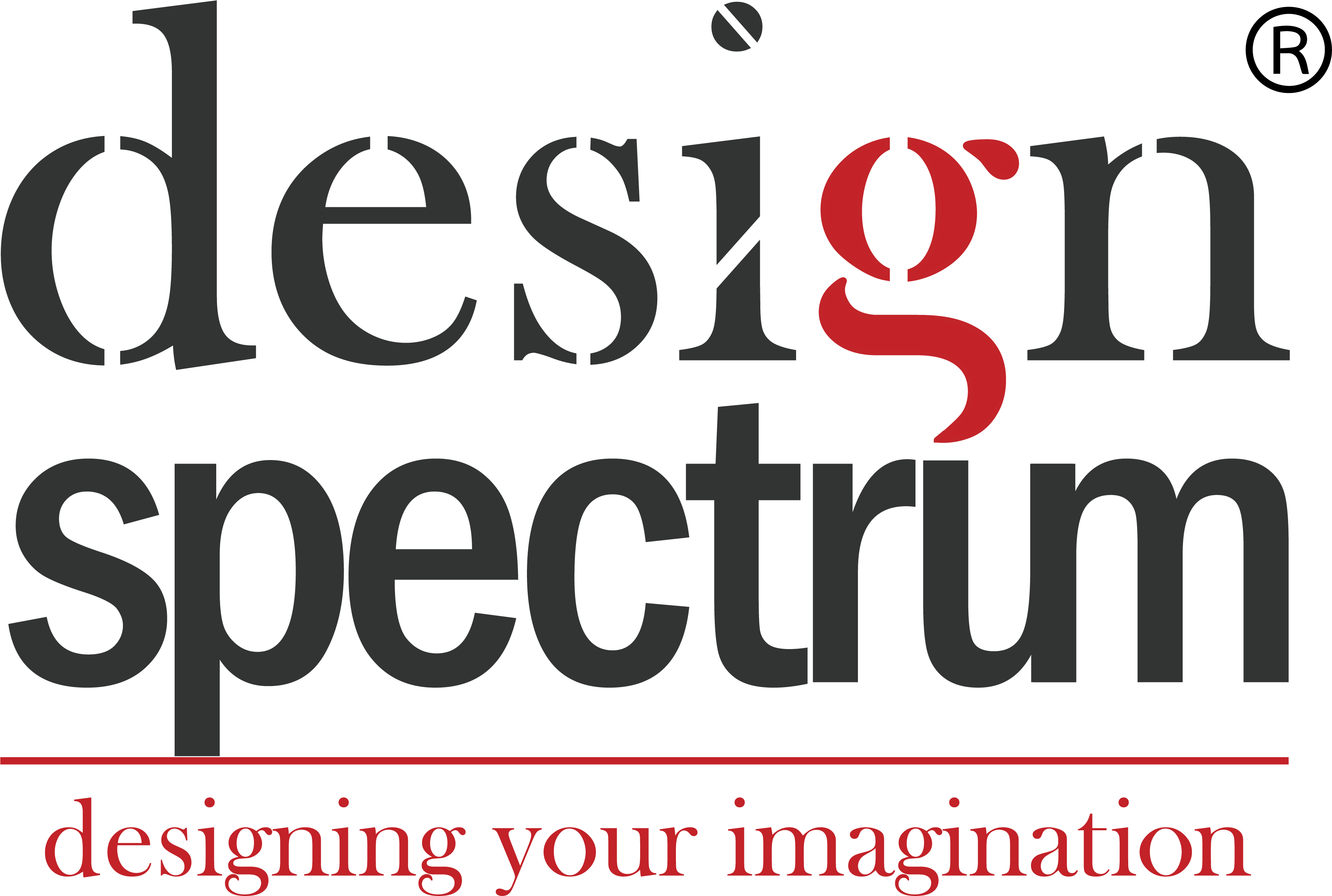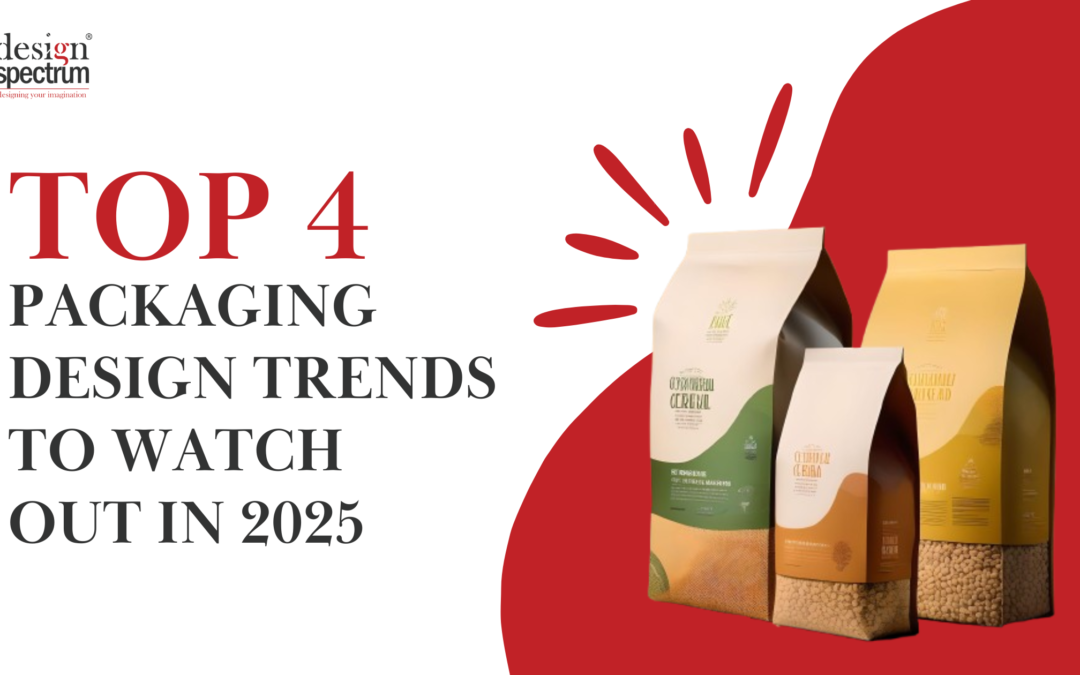Introduction
Recall the last item you received in a package, what memories do you have regarding that? Companies are conditioned to think of packaging design as simply a functional part of the product, but it is an empty canvas that can give depth and character to your company.
In the competitive environment of eCommerce, where touchpoints with customers are few, packaging design is a vital means of your brand’s narrative. Additionally, it’s not only about shielding the item; it continuously transforms into a moment, into a bond, and into a relationship.
If it’s about fostering loyalty or improving visual branding, strong packaging design is more than just a case; it’s what greets the customer. Through this post, we will look at how custom packaging enhances the brand image with relevant and useful examples of effective product packaging design.
Table of Contents
What is Brand Packaging ?
Brand packaging is the part of packaging design on the product’s container, which is the identity of the brand, it explains what the brand is all about. It goes further to psychologically link the consumer to the product and appeal through the use of visuals such as logos, colors, typography, and other features that highlight the design of the carrier.
Proper treatment of the brand packaging is important because it serves its primary function of safeguarding the item, increasing its attractiveness and desirability, increasing brand awareness, and influencing the consumers to go ahead with their purchase. All these factors contribute to the marketing strategy and the visual branding of the product packaging design.
Benefits of Brand Packaging
Increases Brand Awareness
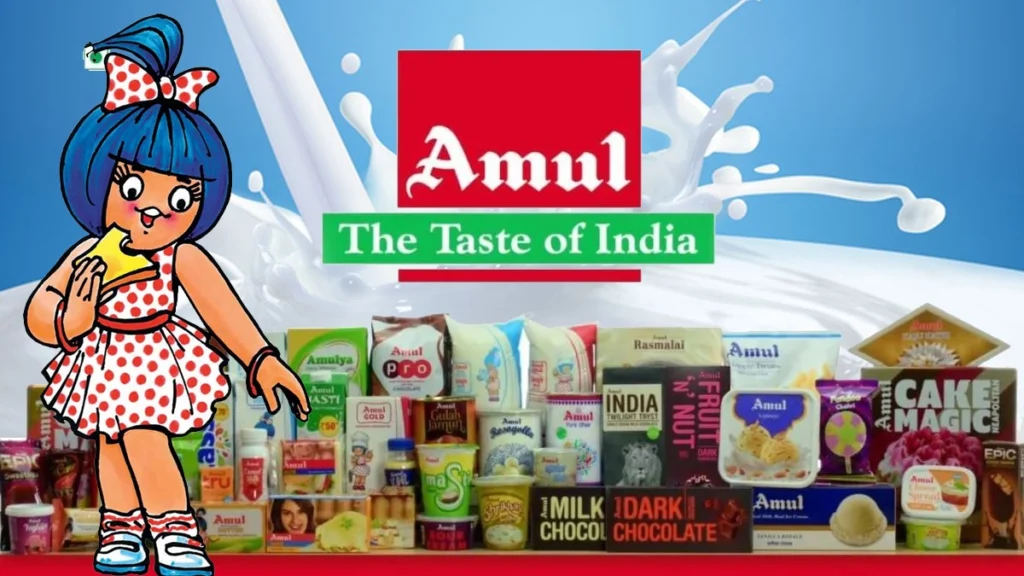
A good package design makes it possible to create an everlasting image of your product. External images such as colors, logos, and fonts that are used consistently make a brand easily identifiable and enhance brand recognition. For example, Amul’s packaging does not allow it to blend with many competitors in the dairy market.
Enhances Customer Experience
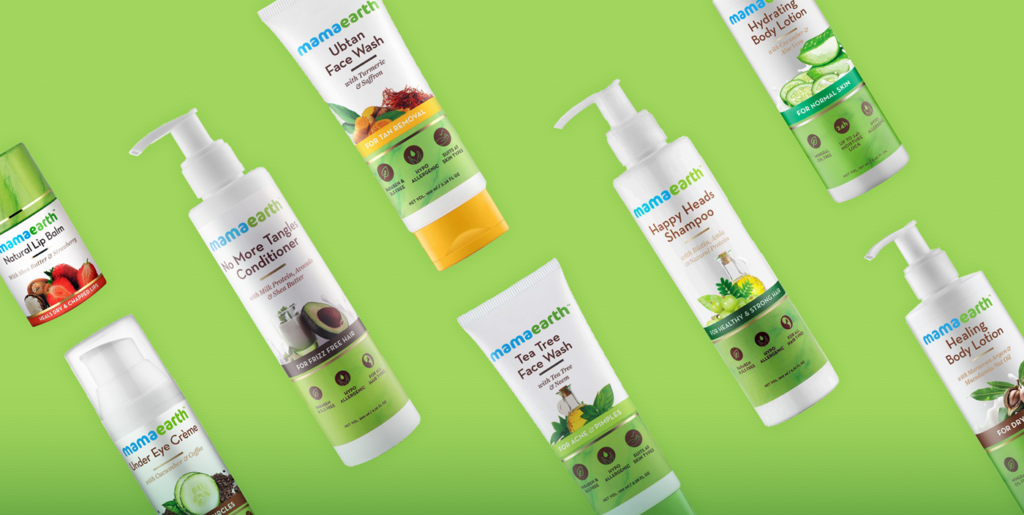
Customers’ experiences are enriched by attractive and useful custom packaging design, especially the unboxing experience. A good presentation has an emotional impact which results in purchase, repurchasing and more shares on social media – this is the case with D2C (direct-to-customer) companies like Mamaearth.
Helps Define Your Support
Every customer strives to get their money’s worth when making purchases. They possess their own set of expectations regarding branding and appearance. In this regard, creative, unique, and custom packaging design serves this purpose because it elevates the brand and makes it more appealing.
Boosts Product Perception
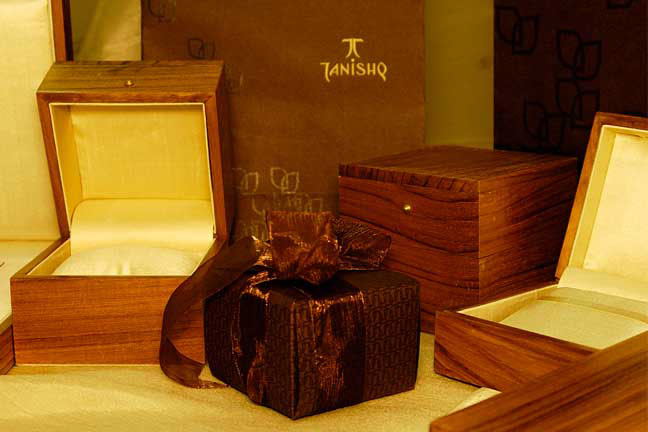
Packaging influences consumers’ perceptions of quality and the delivery of the product. The way Tanishq packages jewelry is an ideal example of how a decorative box or wrapping gives a stylistic sense to a product or somewhat raises its value to customers on the market.
Builds Brand Trust
Trust and loyalty to the brand are established with packaging that speaks to the consumer. Consistency in visual branding will serve the same purpose as the brand’s keywords.
Packaging Design Trends to Watch Out For in 2025
Bold and Vibrant Colors
New change of attitude to colors have turned 2025 into a year where many brands use striking colors that pop. A bold palette also helps packaging cut across the competition, making it especially effective for a contemporary audience that is both fun and young.
Minimalistic Designs
In 2025, the motto is ‘less is more’, as visually busy designs seem to be phased out. The product’s pack is simple, featuring big fonts and light elegant colors to create an atmosphere of luxury and direct attention to a particular item.
Interactive packaging
In 2025, smart packaging containing QR codes is on trend, providing the end-users with a better interface and even more content related to the product. This modern perspective adds to the explanation, improves how the product is presented, and aligns with modern packaging trends.
Personalized Packaging
Personalization continues to be the trend as most brands allow one to have their messages or designs ( like engraving the personalized message or name in boAt AirPods). This practice widens the emotional tie and allows products to feel special which provides an increase in loyalty.
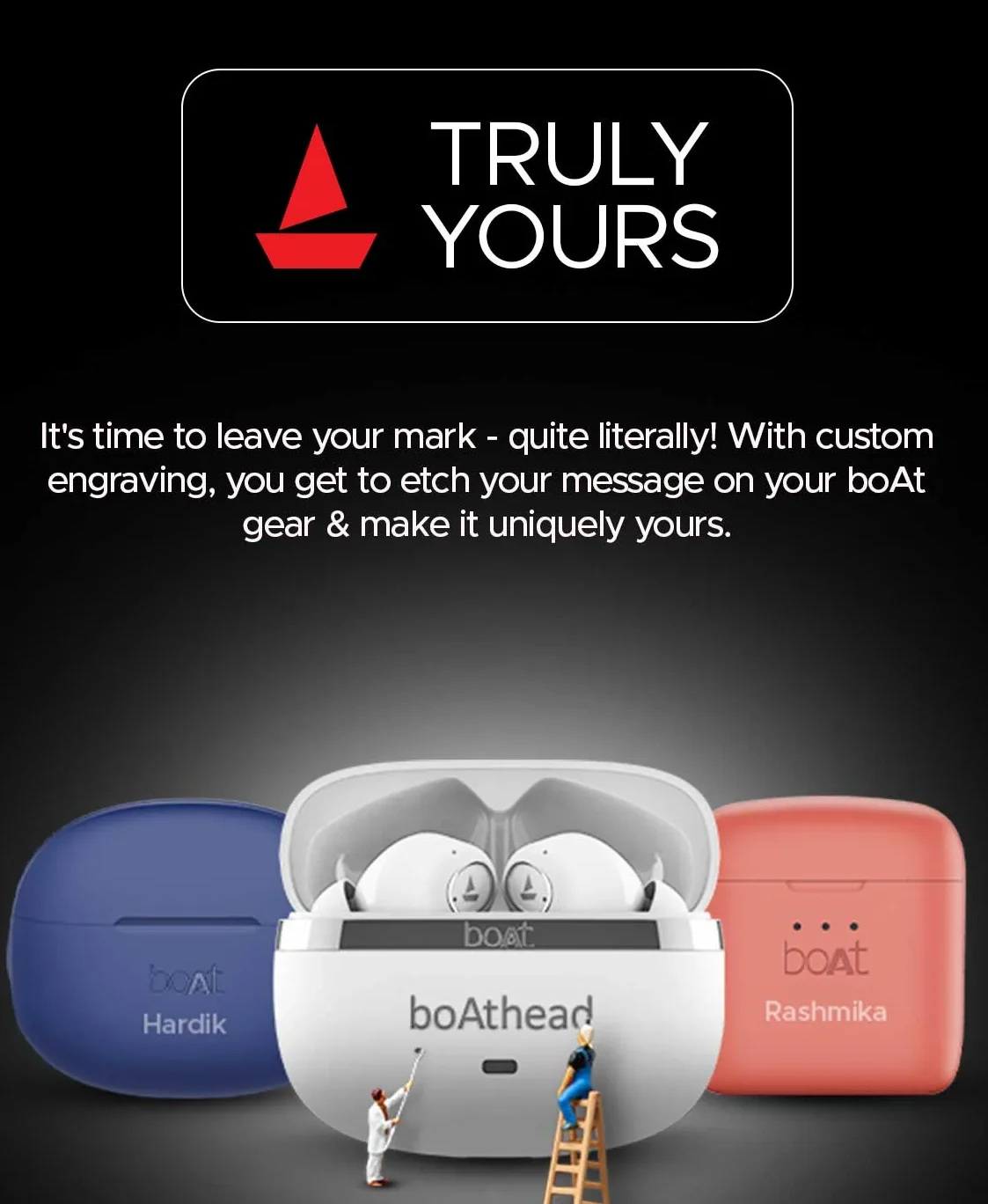
Here’s a blog about Best Graphic design tools in 2025 which will help you craft amazing packaging designs.
Common challenges and How to Overcome them
Balancing Design and Practicalities
Many brands have difficulties designing nice-looking packages that serve their purpose. To do that, it’s essential to use strong materials and durable-looking shapes that will bear aesthetic values but still have a protective role. For instance, unembellished graphics and smart layouts are great as they help combine both the visual appeal and the practicality of the piece.
Cost Constraints
One of the issues that many small businesses face is the high cost of premium packaging. Use economical but functional options such as kraft paper or promotional modules. These materials are economically feasible and creative; hence, such options enable the brand to retain quality without incurring high costs.
Sustainability Issues
Making green commitments is not an easy task. Such challenges can also be tackled by incorporating recyclable or biodegradable materials in the package and prominently stating their environmental concerns.
Brand consistency
Maintaining the same style for packaging of all products can be a hurdle. Clear-cut design principles will also help in achieving the integrated use of logos, colors, and typefaces which helps in safeguarding the brand identity.
Famous Brand Packaging Examples
1. Cadbury Dairy Milk
The famous deep purple wrappers used by Cadbury Dairy Milk have become associated with pleasure and festivity. The minimalist approach they employed works perfectly with the gold logo which is in itself stylized and of high value.
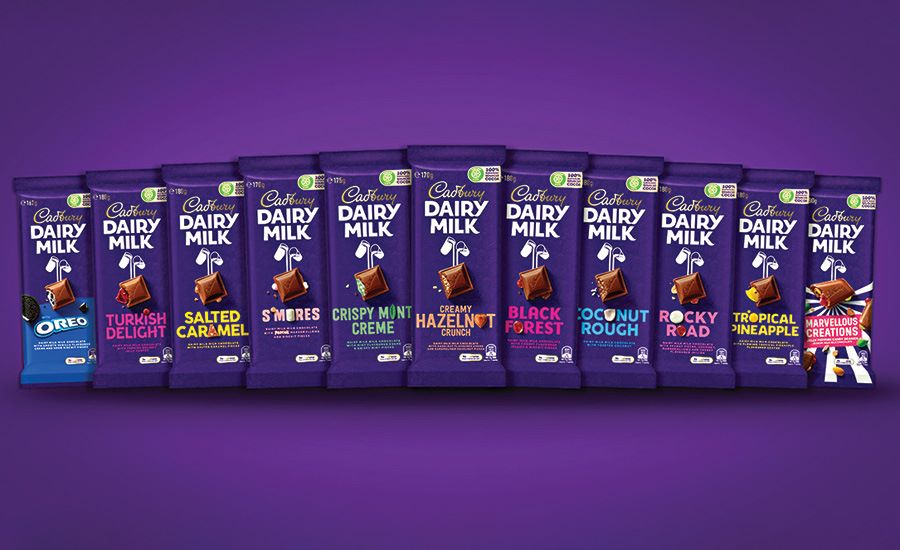
And because the brand has been so many years consistent about its marketing, today people can see it and say proudly that they are building something special, a brand they will recognize because it brings happiness to the customers with its amazing packaging design on top of the product.
2. McDonald’s
McDonald’s uses common principles of the brand and its audience. The packaging offered by McDonald’s is comfortable and oriented toward the customer. The bright red and yellow colors, and brand elements, influence the showiness of the company and the appetite.
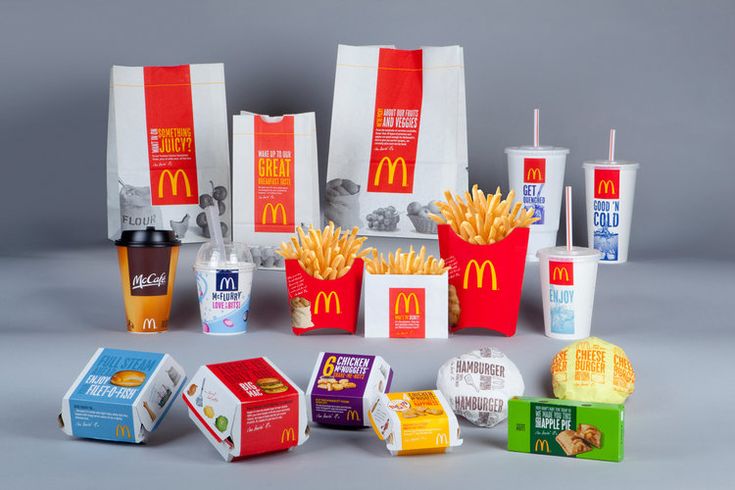
Also, it doesn’t ignore trends in the packaging design market, as it offers paper wraps for products and reasonably sturdy take-out bags.
3. Coca-Cola
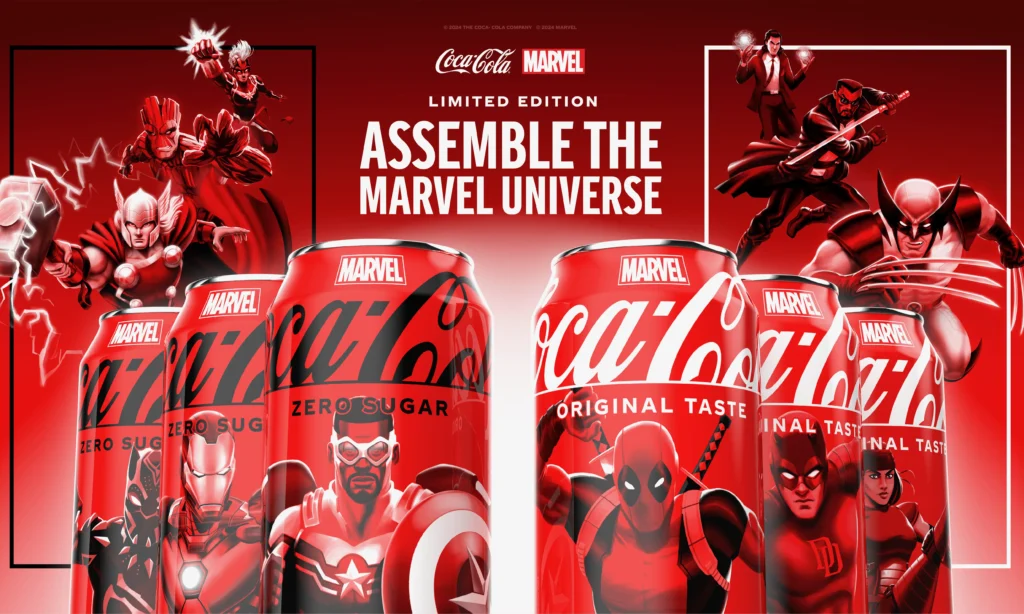
When it comes to industry entrepreneurs, Coca-Cola has mastered its branding. Coca-Cola brand has made the contour bottle famous in the industry alongside the red and white combination branding that identifies Coca-Cola anywhere. They even offer to Promote designs while maintaining the limited-release tactic in the market.
Conclusion
To sum up, brand packaging is much more than protection or a cover, it is a core element for developing an impressive brand and reaching out to the audience emotionally. The design, materials, and presentation also matter from the brand’s communication perspective whether it is the brand’s sustainability, its luxury, or its simplicity. Packaging design reflects the brand’s identity, it helps to communicate the brand to the audience, enhancing the brand’s visibility and giving it a competitive edge.
However, as times change, so do consumer demands, and therein lies the need for fresh ideas in packaging design that is functional and captivating. 2025 is anticipated to be the year where there is a conscious attempt at design with an audacious minimalistic and personalized approach. Putting your money into designing good packaging design works to the brand’s advantage in the long run as it is the one that determines the perception of the consumer for the brand.
